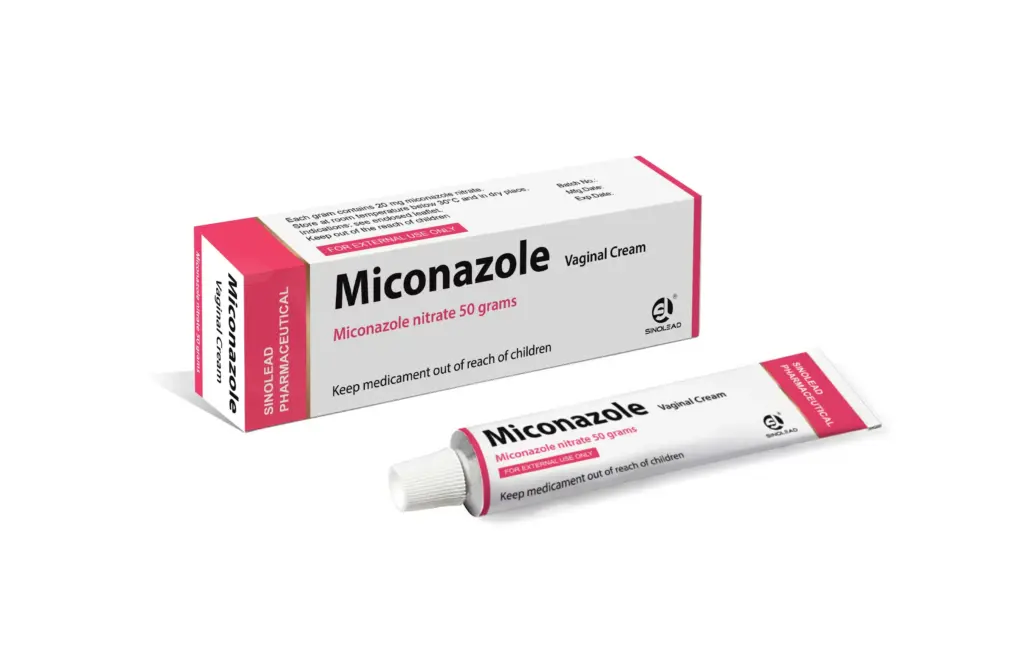Yeast infections are a common issue for many women, often causing discomfort and annoyance. Understanding how to effectively treat these infections with antifungal creams can provide much-needed relief. This guide will explore the best antifungal creams, how to use them, and other useful information to help manage yeast infections effectively.
Yeast infections occur when there is an overgrowth of Candida, a type of fungus naturally found in the body. This can happen for a variety of reasons, including changes in hormone levels, antibiotic use, or even stress. Symptoms typically include itching, burning, and irritation in the affected area.
The Science Behind Yeast Infections
Candida is a type of yeast that thrives in warm, moist environments. Although it is naturally present in the body, imbalances can lead to overgrowth. Understanding this process is crucial for effective treatment and prevention. Maintaining a balanced microbiome helps prevent Candida from multiplying excessively.
Recognizing Symptoms Early
Early detection of yeast infections can lead to more effective treatment. Alongside common symptoms like itching and burning, some women may experience swelling, redness, and a thick, white discharge. Recognizing these symptoms early can prevent complications and allow for quicker relief.
Common Causes of Yeast Infections
- Hormonal Changes: Pregnancy, menstruation, and menopause can alter hormone levels, leading to yeast infections. These changes can affect the vaginal environment, making it more susceptible to infections.
- Antibiotics: While they fight harmful bacteria, antibiotics can also kill beneficial bacteria, allowing yeast to grow unchecked. It’s important to balance antibiotic use with probiotics to maintain healthy flora.
- Diet and Lifestyle: High sugar diets and stress can also contribute to the development of yeast infections. Reducing sugar intake and managing stress through activities like yoga or meditation can mitigate these risks.
Antifungal Creams: An Effective Treatment
Antifungal creams are a popular over-the-counter solution for treating yeast infections. They work by targeting the fungal cells, breaking down their cell walls, and stopping their growth.
How Antifungal Creams Work
Antifungal creams contain active ingredients that penetrate the cell wall of the fungus, disrupting its structure and function. This leads to the death of the fungal cells and alleviates symptoms. Understanding the mechanism of action can help users trust in the efficacy of the treatment.
How to Use Antifungal Creams
Using antifungal cream is straightforward. Simply apply a small amount to the affected area as directed on the package. It’s important to follow the instructions carefully to ensure the treatment is effective. Generally, treatment lasts from 1 to 7 days, depending on the severity of the infection and the specific product used. Consistency is key; missing applications can prolong the infection.
Choosing the Right Antifungal Cream

When selecting an antifungal cream, consider these factors:
- Active Ingredients: Look for creams with proven antifungal ingredients like clotrimazole or miconazole. These ingredients have a track record of effectively treating yeast infections.
- Product Form: Creams and ointments are most common, but sprays and powders are also available for convenience. Choose a form that fits your lifestyle and comfort level.
- Targeted Use: Some creams are specially formulated for specific areas, like the vagina or groin. Selecting the right formulation can enhance treatment efficacy and user comfort.
Clotrimazole Antifungal Cream
Clotrimazole is a widely used antifungal medication that is effective for treating yeast infections. It’s available in various forms, including creams and ointments, and is suitable for both men and women. Its broad-spectrum activity makes it a versatile option for treating various fungal infections.
Other Yeast Infection Remedies
While antifungal creams are effective, there are other remedies to consider for relieving symptoms and preventing future infections.
Home Remedies
- Probiotics: Taking probiotics can help restore the natural balance of bacteria and yeast in the body. They can be consumed in supplement form or through foods like yogurt and kefir.
- Coconut Oil: Known for its antifungal properties, applying coconut oil to the affected area can provide relief. Its soothing properties also help reduce irritation and redness.
- Tea Tree Oil: Diluted tea tree oil may also help due to its antifungal effects. However, it should be used with caution, as it can cause irritation if not properly diluted.
Lifestyle Changes
- Diet: Reducing sugar intake can help prevent yeast overgrowth. Incorporate a balanced diet with plenty of fruits, vegetables, and whole grains to support overall health.
- Clothing: Wear loose, breathable clothing to keep the affected area dry and reduce irritation. Opt for cotton underwear and avoid tight-fitting clothes to allow proper air circulation.
- Stress Management: Chronic stress can impact immune function, making the body more susceptible to infections. Practices like mindfulness meditation, regular exercise, and adequate sleep can help maintain a healthy stress level.
Antifungal Cream for Infant Yeast Infections
Yeast infections can also affect infants, often presenting as diaper rash. In such cases, antifungal creams formulated for infants can be used to treat the infection effectively. These creams are gentle yet effective, designed specifically for sensitive infant skin. Consult a pediatrician to choose the right product and ensure safe use.
Identifying Infant Yeast Infections
It’s crucial for parents to recognize signs of yeast infections in infants early. Symptoms may include persistent redness, raised bumps, and discomfort during diaper changes. Prompt treatment can prevent the rash from worsening and causing more distress for the baby.
Choosing the Right Infant Antifungal Cream
When selecting an antifungal cream for infants, look for products labeled specifically for infant use. These creams are formulated to be mild and safe for delicate skin. Always follow pediatrician recommendations for dosage and application.
Over-the-Counter Options
Many antifungal creams are available over the counter at local pharmacies, such as CVS. These include:
- Monistat: A popular choice for vaginal yeast infections, available in various strengths. Monistat offers different formulations, including one-day, three-day, and seven-day treatments.
- Lotrimin: Effective for treating different types of fungal infections, including athlete’s foot and jock itch. It comes in multiple forms, such as creams, sprays, and powders, to suit different preferences.
Exploring Other OTC Brands
Aside from Monistat and Lotrimin, there are several other brands offering effective antifungal creams. Consider trying products like Gyne-Lotrimin or Vagisil, which are formulated specifically for feminine use. Comparing active ingredients and customer reviews can guide your selection process.
When to See a Doctor
While antifungal creams are effective, there are times when it’s important to seek medical advice:
- Persistent Symptoms: If symptoms persist after using over-the-counter treatments, consult a healthcare professional. Persistent infections may require prescription-strength medication or further investigation.
- Recurrent Infections: Frequent infections may indicate an underlying health issue that needs addressing. Conditions like diabetes or immune disorders can contribute to recurrent yeast infections.
- Severe Symptoms: Intense pain, swelling, or discharge could be signs of a more serious condition. In such cases, professional evaluation is necessary to rule out other potential health concerns.
Preparing for Your Doctor’s Visit
Before visiting a doctor, keep a record of your symptoms, including their duration and severity. Note any over-the-counter treatments you’ve tried and their effects. This information can help your doctor diagnose the issue more accurately and recommend the best course of action.
Conclusion
Antifungal creams are a reliable and effective solution for treating yeast infections in women. By understanding how to choose and use these creams, along with implementing lifestyle changes and exploring other remedies, you can manage and prevent yeast infections effectively.
Remember, while over-the-counter treatments are often sufficient, don’t hesitate to consult a healthcare professional if you’re unsure or if symptoms persist. Taking proactive steps can help maintain your health and comfort. Staying informed about treatment options and maintaining open communication with your healthcare provider are essential for managing yeast infections successfully.



